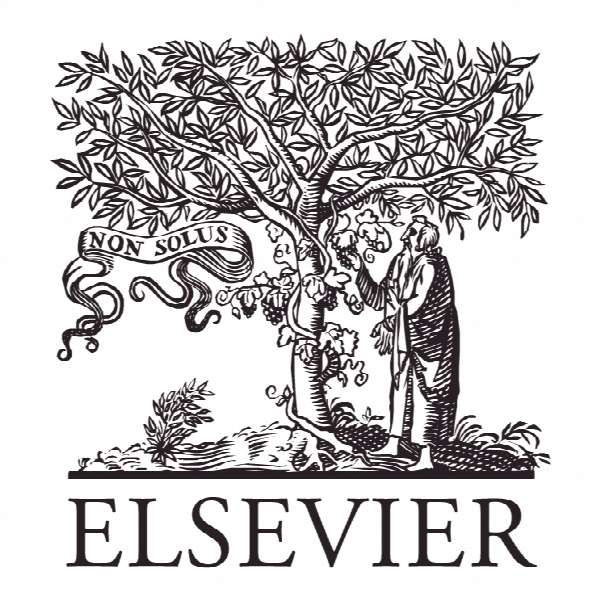بازده نیروی فزاینده، حالت های بازار و پویایی بازار: آیا چین متفاوت است؟ Momentum returns, market states, and market dynamics: Is China different?
- نوع فایل : کتاب
- زبان : انگلیسی
- ناشر : Elsevier
- چاپ و سال / کشور: 2018
توضیحات
رشته های مرتبط اقتصاد
گرایش های مرتبط اقتصاد پولی
مجله بررسی بین المللی اقتصاد و امور مالی – International Review of Economics & Finance
دانشگاه Department of Finance and Banking – School of Business – Curtin University – Malaysi
منتشر شده در نشریه الزویر
کلمات کلیدی بازده Momentum، حالت های بازار، پویایی بازار، چین
گرایش های مرتبط اقتصاد پولی
مجله بررسی بین المللی اقتصاد و امور مالی – International Review of Economics & Finance
دانشگاه Department of Finance and Banking – School of Business – Curtin University – Malaysi
منتشر شده در نشریه الزویر
کلمات کلیدی بازده Momentum، حالت های بازار، پویایی بازار، چین
Description
I. Introduction Cooper, Gutierrez, and Hameed (2004) report that short-run momentum returns are conditioned by market states. 2 Defining the market state as UP when the lagged three-year market return is non-negative and DOWN when it is negative, they find that momentum returns in the U.S. exclusively follow UP markets. In a related study, Asem and Tian (2010) show that the absence of momentum returns in the U.S. following DOWN markets is due to market dynamics. They find that momentum returns in the U.S. are higher when markets continue in the same state than when they transition to a different state to the extent that at times momentum returns are negative during market transitions. Thus, the absence of momentum returns following DOWN markets in the U.S. is the result of momentum profits generated when the market continues in the DOWN state being completely offset by the momentum losses incurred when the market transitions to the UP state. 3 Asem and Tian (2010) suggest that their findings are consistent with the behavioural model of Daniel, Hirshleifer, and Subrahmanyam (1998) but inconsistent with the competing model of Hong and Stein (1999) that predicts higher momentum returns only when the market either continues or transitions to the UP state.


